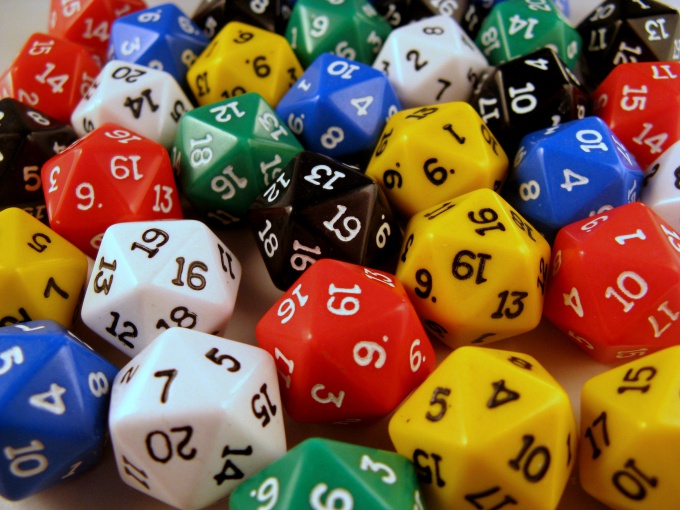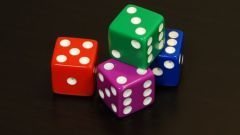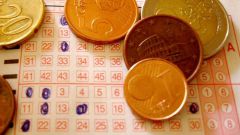Instruction
1
The probability of an event is the ratio of favorable outcomes to the number of possible outcomes. A favorable outcome is the outcome, leading to the realization of the event. For example, the probability that when throwing dice will fall three, is calculated. The total number of possible events when tossing 6 dice, the number of its faces. Favorable outcomes in our case only one loss three. Then the probability on one throw of dice throw of three: 1/6.
2
If the desired event can be divided into several incompatible events, then the probability of this happening is equal to the sum of the probabilities of occurrence of all these events. This theorem is called the theorem of addition of probabilities.
Consider when throwing dice, the loss of an odd number. Odd numbers on the dice are three: 1, 3 and 5. For each of these numbers the probability of a is 1/6, by analogy with the example from step 1. So the probability of rolling an odd number is equal to the sum of the probability of each of these numbers: 1/6 + 1/6 + 1/6 = 3/6 = 1/2.
Consider when throwing dice, the loss of an odd number. Odd numbers on the dice are three: 1, 3 and 5. For each of these numbers the probability of a is 1/6, by analogy with the example from step 1. So the probability of rolling an odd number is equal to the sum of the probability of each of these numbers: 1/6 + 1/6 + 1/6 = 3/6 = 1/2.
3
If you want to calculate the probability of two independent events, then the probability is calculated as the product of probability of occurrence of one event on the probability of occurrence of the second. Events are independent if the probability of their occurrence or non-occurrence are independent from each other.
For example, let us calculate the probability of rolling two sixes on two dice. The loss of a six on each of them occurs or does not occur irrespective of whether the six on the other. The probability that each cube will be 6 - 1/6. Then the probability of two sixes is 1/6 * 1/6 = 1/36.
For example, let us calculate the probability of rolling two sixes on two dice. The loss of a six on each of them occurs or does not occur irrespective of whether the six on the other. The probability that each cube will be 6 - 1/6. Then the probability of two sixes is 1/6 * 1/6 = 1/36.





